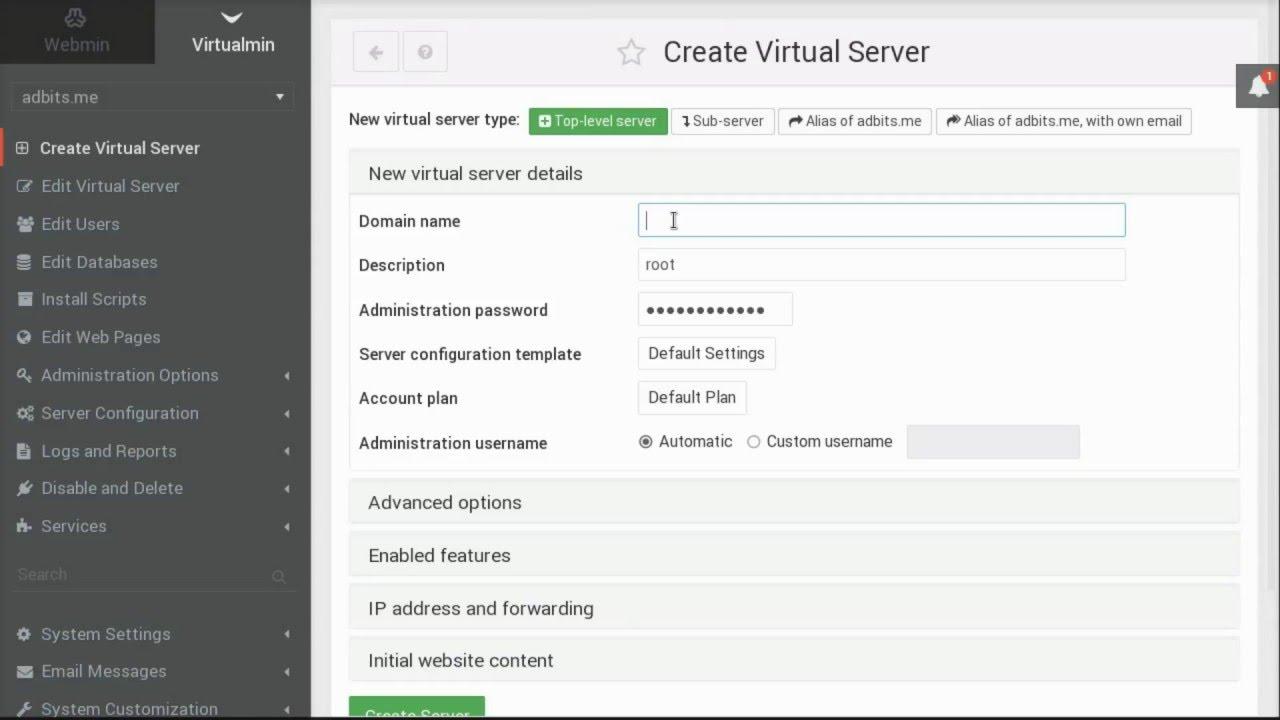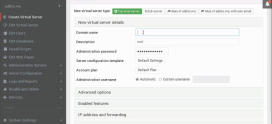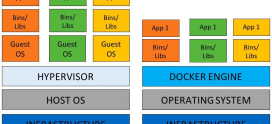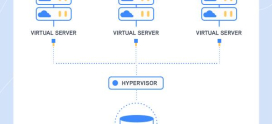
Virtualmin vs Webmin: Understanding the Differences
Have you ever found yourself lost in the maze of web hosting control panels? You’re not alone! Many users feel overwhelmed when trying to make sense of various tools meant to simplify server management. If you’ve stumbled upon names like Webmin and Virtualmin, you might wonder: what’s the difference, and which one is right for you? It can feel daunting, but you’re in the right place. In this article, we’ll unravel the specifics of Virtualmin and Webmin, addressing common concerns and providing practical insights to help you make an informed decision. So, whether you’re a small business owner, a developer, or just embarking on your web hosting journey, let’s navigate these waters together.
Understanding the right tools to manage your server can streamline your workflow and eliminate headaches. Imagine trying to find your way in a city without a map—frustrating, right? But with the right guidance, that same city can reveal its wonders. Similarly, with Virtualmin and Webmin, you can take control of your web hosting environment and address any issues swiftly. So, let’s dig into these two platforms and see how they stack up against each other!
What are Virtualmin and Webmin?
Before diving into comparisons, let’s clarify what these two tools really are.
Defining Webmin
Webmin is an open-source web-based interface for system administration. Think of it as your virtual command center. You can manage users, create and edit files, configure services, and perform almost any administrative task through a simple browser interface. Its flexibility allows users to administer local and remote systems effectively, making it a popular choice among server administrators.
Understanding Virtualmin
Now, Virtualmin takes Webmin a step further. It serves as a module or extension of Webmin specifically designed for managing virtual hosts and multiple domains on a single server. If Webmin is your command center, Virtualmin is your personalized control room for managing websites and hosting accounts. It simplifies tasks like creating new domains and managing databases, email configurations, and DNS records—all from a user-friendly interface.
Key Differences Between Virtualmin and Webmin
So, how do these two compare on practical fronts? Let’s break it down.
User Interface
While both interfaces are web-based, Virtualmin’s UI is specifically tailored for those managing multiple domains. This means it often feels more intuitive for users with hosting responsibilities. When you log into Virtualmin, the layout is organized around the domains you manage, making it easier to find relevant tools.
Target Audience
Webmin is designed for system administrators who need control over server configurations at a broader level. In contrast, Virtualmin caters more to web hosting scenarios where managing several clients or projects is key. So, if your goal is to run a hosting business or manage multiple sites, Virtualmin could be your preferred choice.
Features and Functionality
Virtualmin offers specific features focused on web hosting, including:
- Domain management tools
- FTP account management
- Database management functions tailored for each domain
- Email services configuration for each virtual host
On the other hand, Webmin focuses on the server configuration aspect, allowing users to:
- Manage system users and groups
- Configure firewall settings
- Set up and manage system services
Security
When you’re managing a server, security is a top concern. Both platforms prioritize secure operations. Webmin supports secure connections with SSL, while Virtualmin builds on that base by implementing user roles, which is crucial for hosting services where different users need different access levels. If security is a major concern—especially in a shared hosting environment—Virtualmin’s user management features give it an edge.
Customer Support and Community
Both Virtualmin and Webmin come with community support, but Virtualmin has a more extensive documentation repository aimed at users managing virtual hosts. Additionally, Virtualmin offers premium support options for businesses willing to invest in dedicated help. If you anticipate needing frequent support, consider the benefits of investing in Virtualmin’s premium options.
Real-World Application: A Case Study
Let’s delve into a real-world scenario to reinforce these points. Imagine a small business owner, Sarah, who has recently launched multiple brands online. Initially, she starts with Webmin, juggling server configurations and multiple websites. She soon finds it tedious to switch between configurations for each brand’s needs.
After some research, she decides to transition to Virtualmin. The change proves to be a game-changer! The ability to manage her various domains from a single interface without constantly navigating different setups streamlines her daily operations significantly. Now, Sarah can focus on growing her business rather than getting bogged down by server management. This case underlines how choosing the right tool can enhance productivity and efficiency.
Pros and Cons of Each Platform
Webmin
- Pros: Flexible and powerful for server admins; broad range of modules; community support available.
- Cons: Can be overwhelming for beginners; doesn’t focus on multi-domain management.
Virtualmin
- Pros: Tailored for managing multiple domains; user-friendly interface; good security features.
- Cons: May require more resources; premium support is additional.
Which Should You Choose?
The choice between Webmin and Virtualmin ultimately hinges on your needs. Are you an individual looking to manage your server with a degree of freedom? Webmin might be your best bet. However, if you’re running multiple websites and require a dedicated toolset for that, Virtualmin can dramatically cut down your management time.
Consider exploring how DarazHost incorporates these tools into their hosting services. They offer both platforms, catering to the varied needs of their customers, ensuring a smoother hosting experience no matter the scale of your requirements.
FAQs
Is Virtualmin free to use?
Yes, Virtualmin offers a free version with essential features. However, premium versions provide additional tools and support for a fee.
Can I use Virtualmin without Webmin?
No, Virtualmin is built as an extension of Webmin, so you need Webmin installed to run Virtualmin.
What are the system requirements for Webmin and Virtualmin?
While specifics can vary, both require a standard server environment (Linux-based), with recommended resources for stability where services can run smoothly.
Do I need coding skills to use these platforms?
No, both tools are designed for user-friendliness. However, having some basic knowledge about server management can be beneficial.
Can I migrate from Webmin to Virtualmin easily?
Yes, you can install Virtualmin over your existing Webmin installation, though it’s recommended to back up your data before proceeding.
How can I enhance the security of my server with these tools?
Both platforms allow the configuration of SSL for secure connections, and Virtualmin provides specific user role management to restrict access effectively.
Is there a community around these tools for support?
Yes, both Webmin and Virtualmin have thriving communities that offer support through forums, mailing lists, and extensive documentation.









